Trang An Scenic Landscape Complex is a world-class model of harmonious combination between economic development and heritage conservation, especially in sustainable tourism development. Photo: Truong Huy
Heritage needs to be respected and nurtured
The cultural space of Ninh Binh province newly formed from the merger can be considered a giant "living museum", where cultural sedimentary layers intersect such as: Trang An, the only mixed world heritage in Southeast Asia; Bai Dinh, the largest spiritual complex in Vietnam; the ancient Phat Diem stone church; the majestic Tam Chuc tourist area, craft villages, festivals, Cheo singing, Van singing, water puppetry imbued with the soul of the Northern Delta.
All are not just evidence of the past, but "living organisms" that need to be preserved and nurtured to be able to regenerate their value and contribute back to the community. As Professor Dr. Le Hong Ly, Vietnam Folklore Association, said: "Heritage is not a museum. Heritage must live with the people, must generate profits, not only economically but also spiritually, personality, and social environment". This is the core view of the new development thinking: Absolutely respect the originality, integrity, and existence of heritage. Heritage must not be treated as a " tourism commodity" but must be the starting point to shape a comprehensive development strategy for culture, ecology, urban areas, and tourism of the new province.
From the reality of preserving and promoting heritage values to create a foundation for sustainable development in Ninh Binh, it can be seen that Trang An Scenic Landscape Complex is one of the most typical examples of the successful integration of heritage conservation and tourism economic development. Recognized by UNESCO as a World Cultural and Natural Heritage in 2014, Trang An has gradually proven that, if well preserved, heritage can create real added value.
According to data from the Ninh Binh Department of Tourism, in 2024 alone, Trang An welcomed nearly 4 million visitors, contributing significantly to the local budget and creating stable jobs for thousands of workers in the heritage area. However, success does not come from pure "exploitation", but from systematic planning, strict control of the number of visitors, investment in tour guide training, protection of the ecological environment, and especially connecting the local community in the tourism value chain.
Also located in the inter-provincial cultural and spiritual corridor, Tam Chuc tourist area with a scale of more than 5,000 hectares, is one of the largest spiritual tourist areas in Southeast Asia. In recent years, Tam Chuc has also exploited the values of natural landscapes and the consensus of the community to develop tourism in a systematic and strong manner.
However, according to environmental expert Nguyen Ngoc Ly, Director of the Center for Environmental and Community Research, tourism development based on natural exploitation is still controversial if we invest massively in infrastructure for tourism exploitation. He warned: “Any intervention in the body of the relic needs to be calculated on a scientific basis, based on the 'resilience' of nature. Areas with limestone strata, special-use forests or ecological buffer zones are very sensitive, if exploited improperly, it can lead to irreversible ecosystem degradation.”
From this warning, Ninh Binh has a sustainable direction to exploit tourism. Mr. Nguyen Cao Tan, Deputy Director of the Department of Tourism shared: “We do not set a goal of increasing tourism at all costs. The highest goal is to preserve the limestone ecosystem, primeval forests, cave systems, and at the same time create livelihoods for local people from protecting the heritage. If people value and are proud of the heritage, they will become the most effective protection force.”
The urgent issue facing the province now is to develop a set of criteria to assess the "tolerance threshold" of each heritage site, combined with functional zoning, limiting concrete construction in the core of the heritage, and paying special attention to the long-term impacts of climate change such as drought, landslides, and saltwater intrusion on the natural and cultural structures of the heritage.
Turning heritage into the driving force of the creative economy
In the new administrative space, heritage clusters should not only play the role of tourist attractions but also become the nucleus for cultural and creative economic development. This requires the province to soon deploy a comprehensive, interdisciplinary, consistent and long-term vision solution system.
Prof. Dr. Nguyen Van Kim, National Council for Cultural Heritage, proposed: First of all, it is necessary to build a provincial heritage development strategy associated with the overall planning of socio-economic space. The integration of heritage conservation into urban, tourism and industrial planning must become a mandatory principle. For areas with high density of heritage and high connectivity such as the Trang An-Bai Dinh-Tam Chuc-Phu Day corridor, it is necessary to issue unified management regulations to avoid fragmented development and encroachment on the core heritage area. Successful lessons from the buffer zone management model in Trang An can be applied to similar areas, such as limiting motor vehicles, controlling tourist traffic, or regulating construction density in natural landscape areas.
Along with that, conservation work needs to be implemented on a scientific basis and with the real participation of the community. The establishment of a profile to assess the "tolerance threshold" of each type of heritage, especially heritage with sensitive terrain structures such as limestone mountains, caves, and special-use forests, is an urgent requirement in the context of climate change. Notably, local communities must become the subject of conservation, not only by appeal but also by specific livelihood mechanisms.
At the same time, it is necessary to shift from "pure tourism exploitation" to "heritage-based creative economy". This means developing creative products such as movies, historical games, handicrafts, traditional fashion... based on local cultural materials. In addition, it is necessary to invest in digitizing heritage, building virtual museums, virtual reality experience models, helping to expand access to heritage to the general public, especially young people and international tourists. Inter-provincial cultural tourism routes such as "Three ancient capitals" (Hoa Lu Thien Truong - Ly Quoc Su Temple) or "Spiritual triangle" (Tam Chuc - Bai Dinh - Phu Day) need to be systematically planned and widely communicated to shape tourism products with strong regional identity.
In addition, education and communication play an important role in raising public awareness. Bringing heritage education content into schools, organizing heritage weeks, cultural and creative festivals will help the younger generation understand, love and be more proud of the values of their homeland. At the same time, it is necessary to build a strong cultural tourism brand, such as "Thousand-year heritage - Eternal value" communicated throughout digital platforms, connecting the digital community with local identity in a natural way.
Thus, promoting heritage values in the new administrative space is not only a task for local socio-economic development, but also a responsibility to preserve Vietnamese identity in the context of globalization. The uniqueness of Trang An, the serenity of Bai Dinh, the sacredness of Phu Day, the simplicity of craft villages... are irreplaceable elements, contributing to creating a soft position of the country in the eyes of international friends.
Associate Professor Dr. Nguyen Thi Thu Phuong, Director of the Vietnam Institute of Culture, Arts, Sports and Tourism once emphasized: “We can learn all the advanced techniques, we can build high-rise buildings, but we cannot learn cultural identity. Heritage is the foundation of the country's development.” Therefore, in the new provincial development plan, it is necessary to make the heritage development strategy a pillar content, along with the industrial, urban, agricultural and service development strategies. Development is only truly sustainable when it is rooted in cultural roots.
The new space after the province merger is not only a geographical expansion, but more importantly, a unity of development vision, in which heritage plays a fundamental and driving role. If exploited properly, each heritage, cave, communal house, festival... can become a starting point for creative ideas, cultural and economic value chains, and even sustainable development policies.
Nguyen Thom
Source: https://baoninhbinh.org.vn/phat-huy-gia-tri-di-san-trong-khong-gian-hanh-chinh-moi-nen-145271.htm


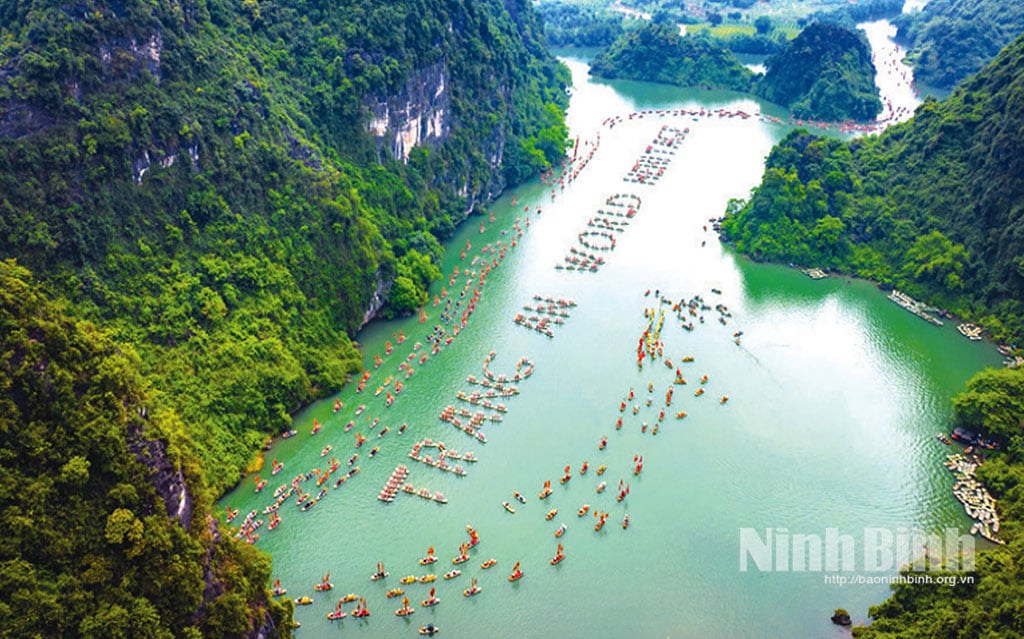



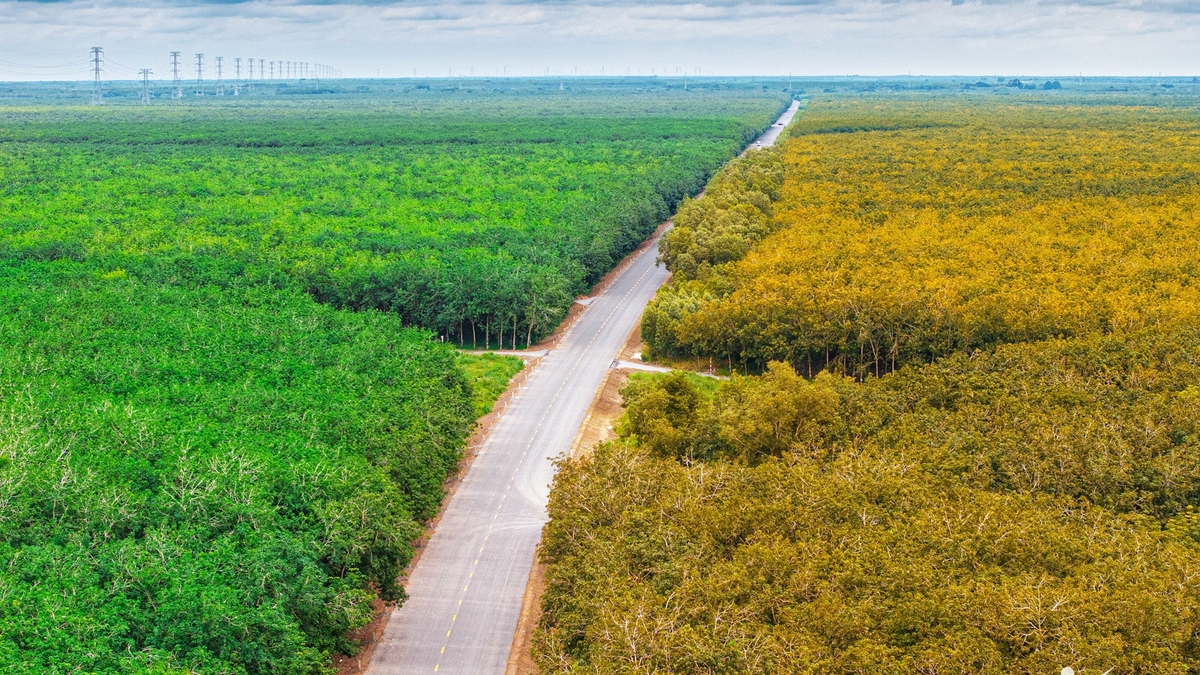
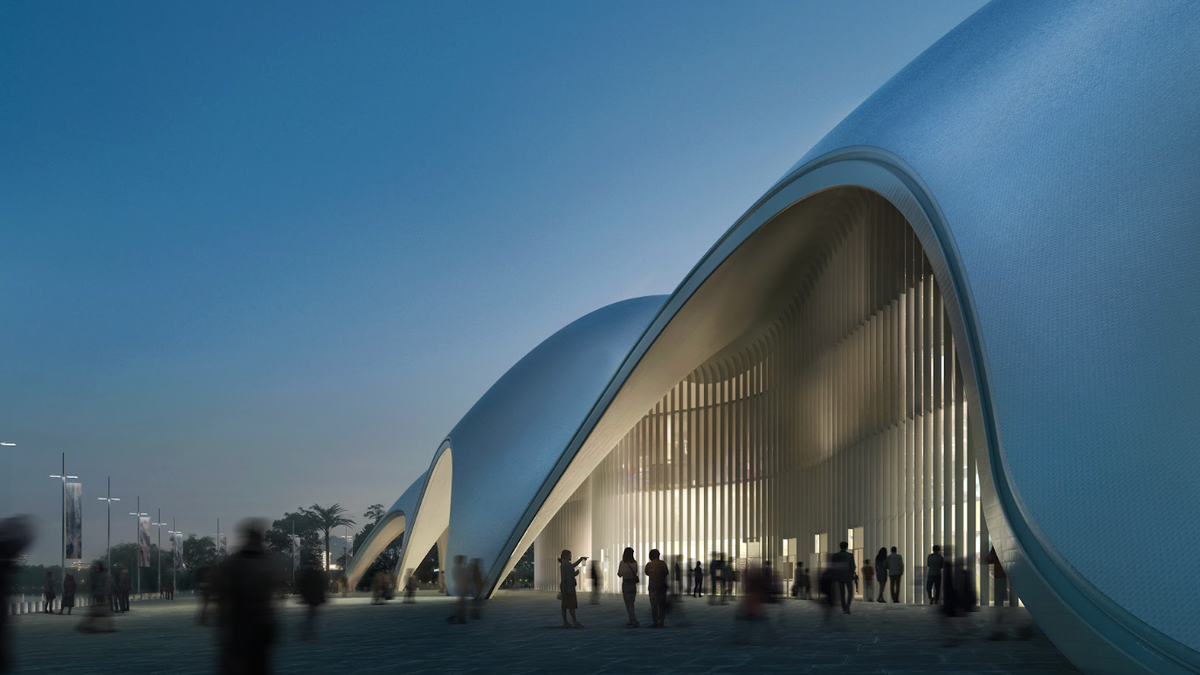



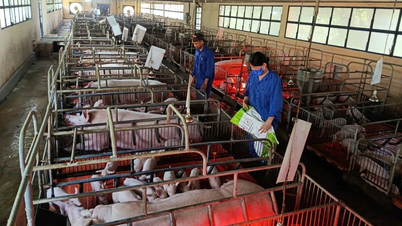



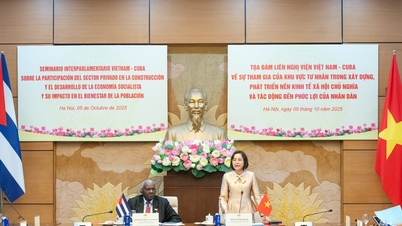

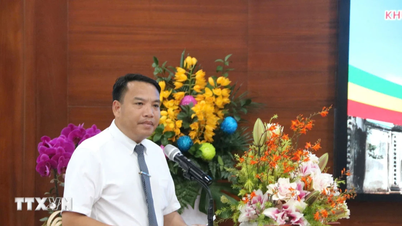

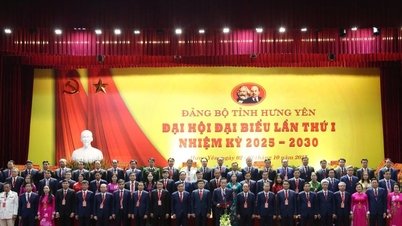


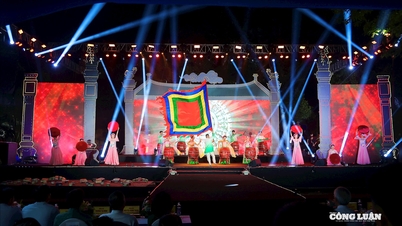

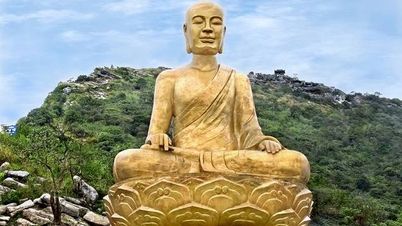

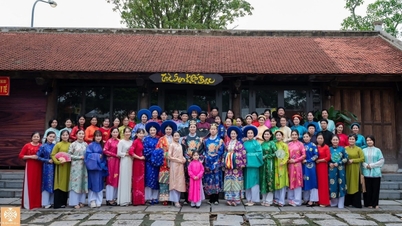

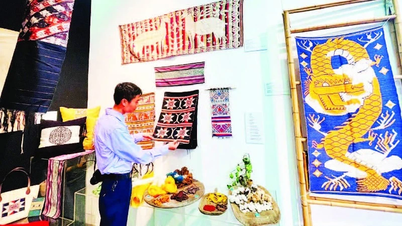






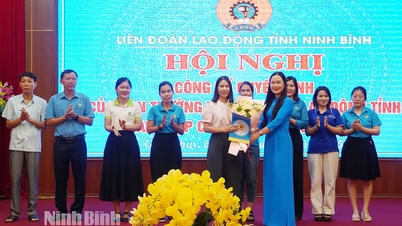
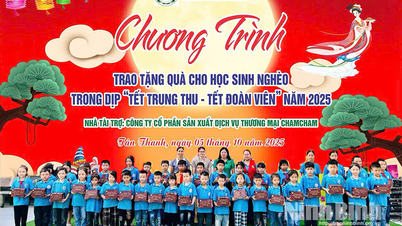
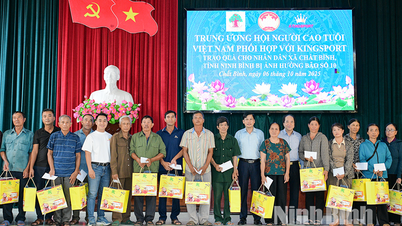
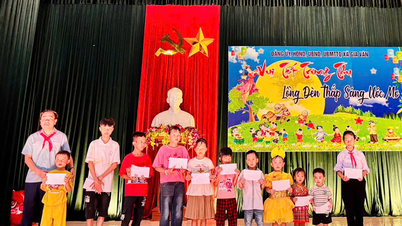
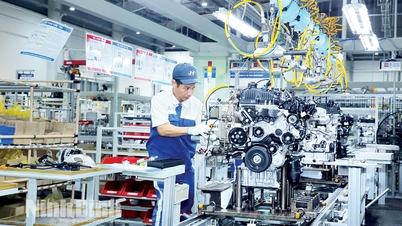
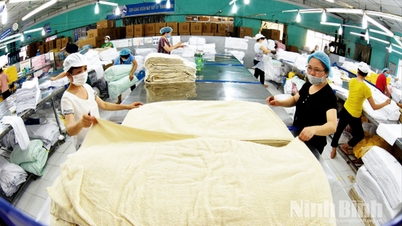
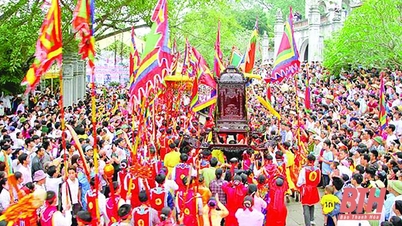









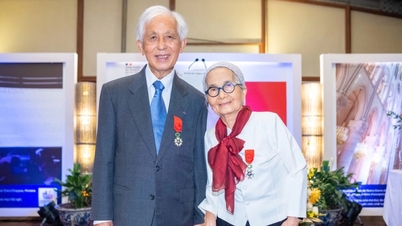





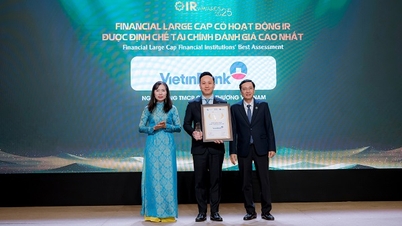

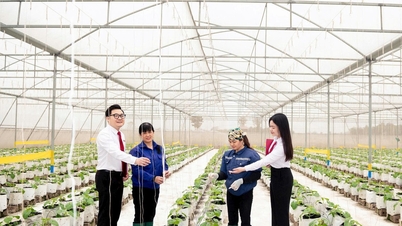
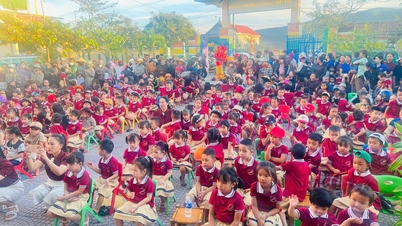








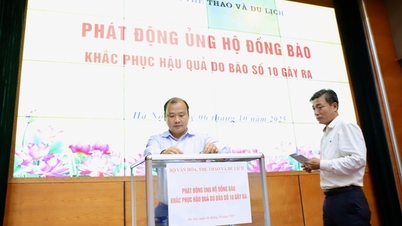




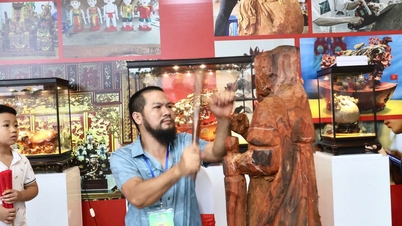

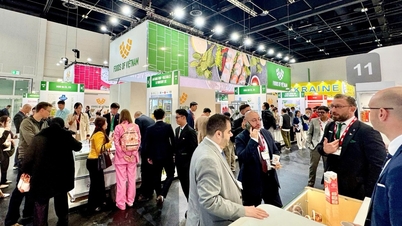











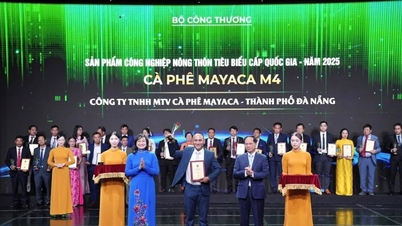



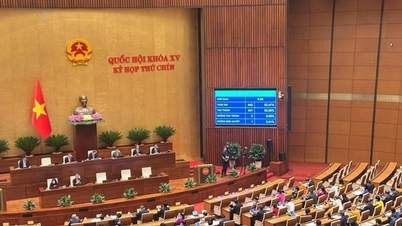





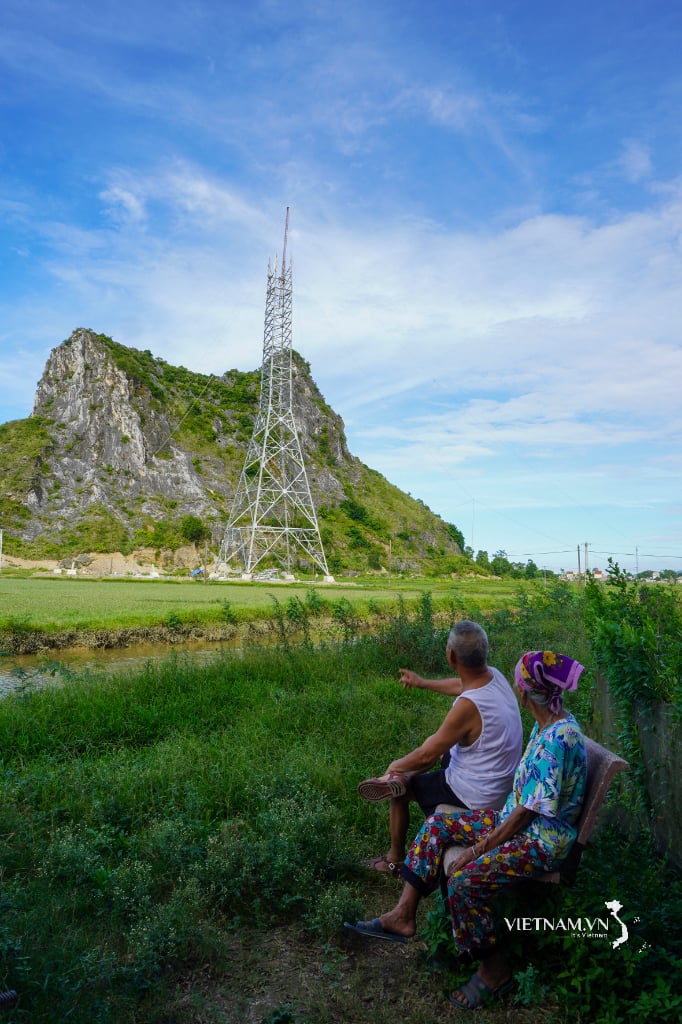


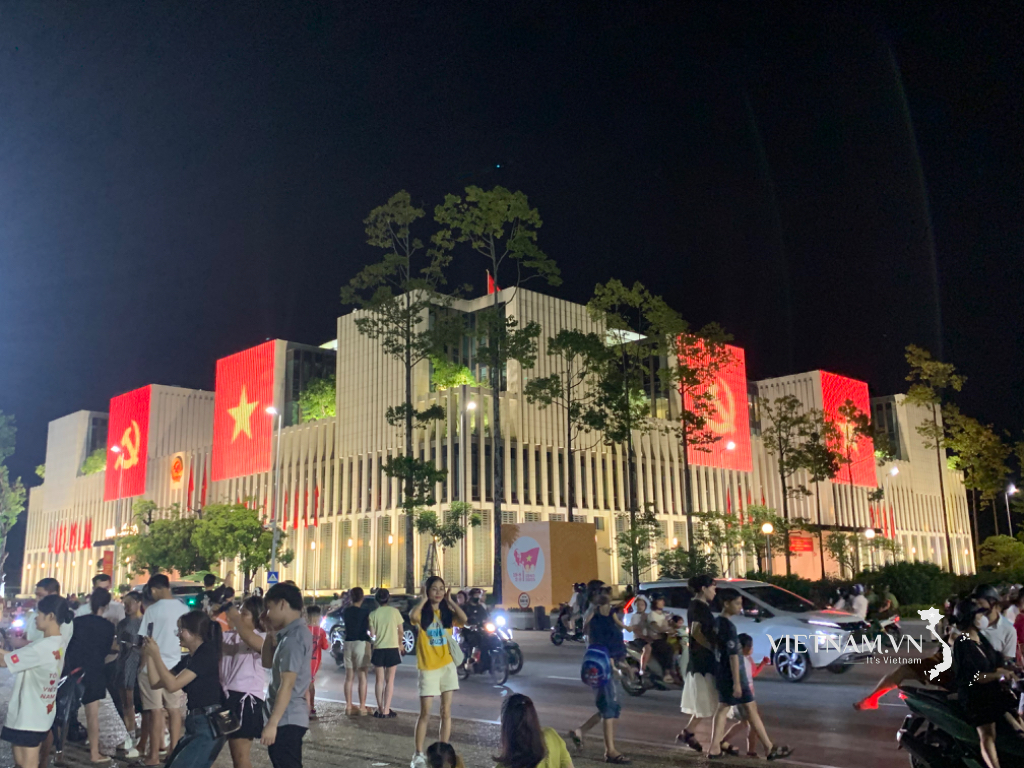
Comment (0)